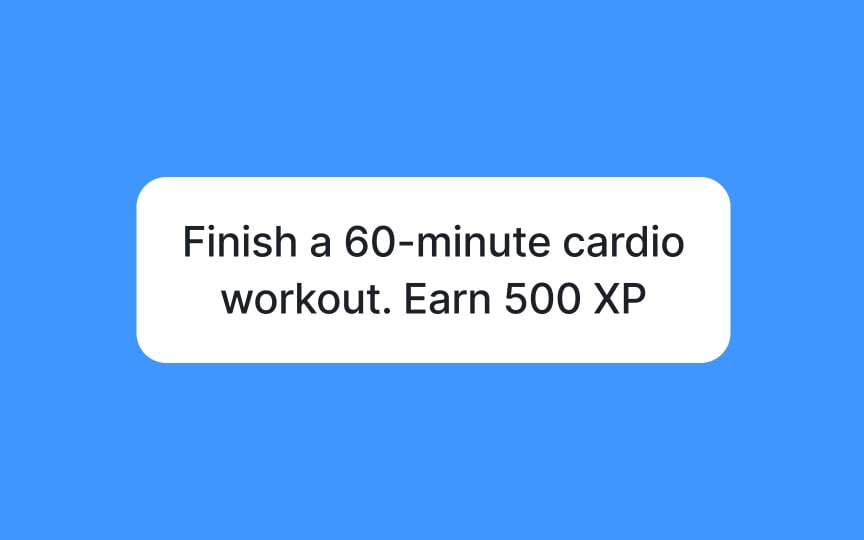Extrinsic motivators work for low-value tasks
Extrinsic motivators work well for low-value tasks because they provide an external reason to do something that might not be enjoyable or interesting. These tasks are often routine, boring, or simple. Rewards like points, badges, or prizes give users a clear incentive to complete these tasks. For example, filling out a long survey on a website might not be fun, but if users earn points or a badge for completing it, they’re more likely to do it. Offering rewards for small, repetitive actions, like completing a profile, reviewing products, or rating content, can make these tasks feel more worthwhile.
These external rewards help keep users engaged and motivated to finish tasks they might otherwise ignore. This is especially useful in situations where the task itself doesn't provide much personal satisfaction or enjoyment.
However, extrinsic rewards won't work as effectively for high-value tasks that require high intrinsic motivation, as these tasks often need personal interest and satisfaction to be completed successfully.


